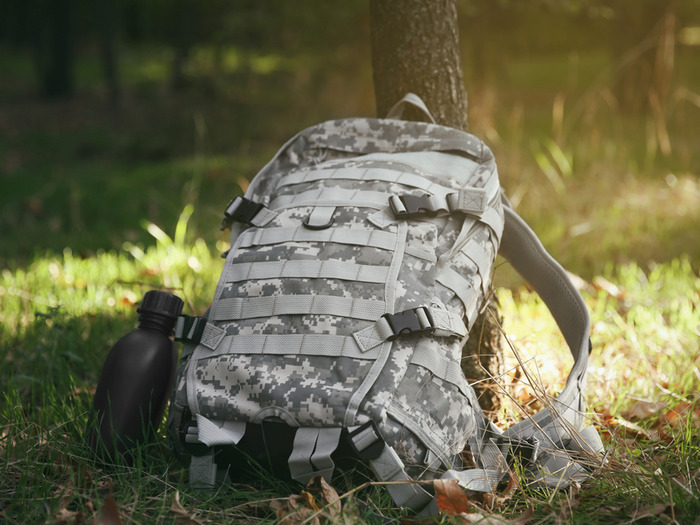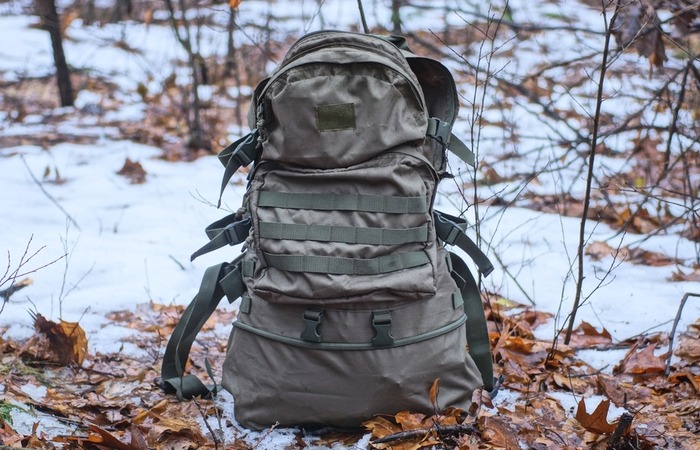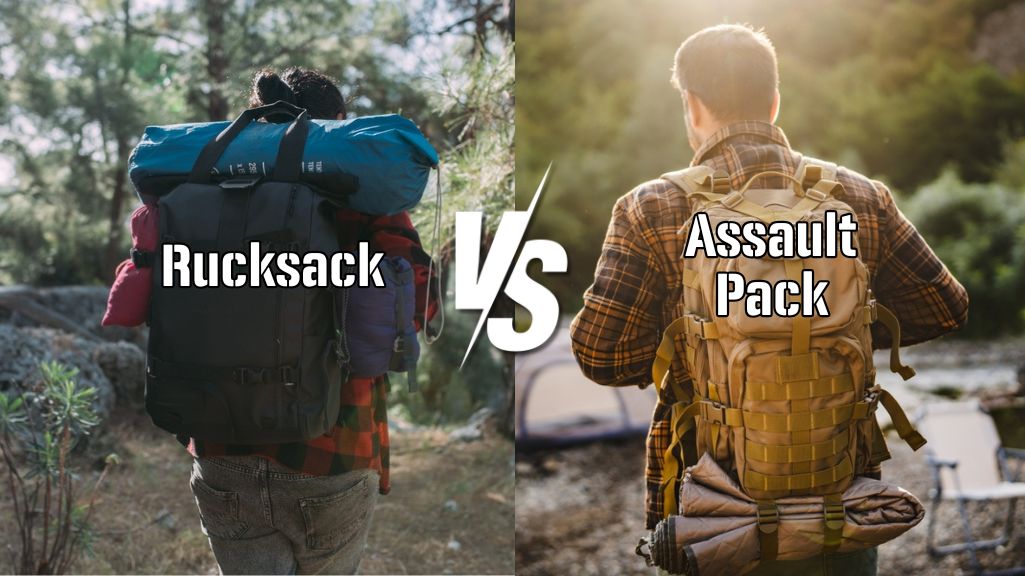If you’re getting into rucking, choosing between an assault pack and a rucksack can be confusing. They might seem similar at first glance, but there are actually some pretty big differences. Knowing which one to grab depends on the type of rucking you’re planning, the gear you need to carry, and how long you’ll be out there.
Let’s break it down to help you find the pack that fits your needs best!

What’s an Assault Pack?
The assault pack’s origins are rooted in military history, where the need for a compact, agile, and efficient pack became essential for soldiers on short-term missions. Traditional military backpacks were large and often cumbersome, designed to carry supplies for extended periods. However, combat situations demanded a lighter, more mobile pack that could still carry crucial gear without compromising speed or agility.
Assault packs are the go-to for shorter trips or missions. These packs are designed for quick access to essentials and are often compact, usually holding around 20-35 liters. You’ll see them used in military settings for 1-2 day missions, but they’re also perfect for day rucks, urban hikes, or any activity where you’re only out for a few hours to a day.
Key Features:
- Compact and Lightweight: Assault packs don’t weigh you down since they’re designed to carry just the essentials.
- Easy Access: They usually have several pockets and compartments, so you can reach your gear without digging around.
- Customizable: Most assault packs come with MOLLE (Modular Lightweight Load-carrying Equipment) webbing, letting you add pouches or attachments as needed.
- Hydration-Ready: Many have slots or pockets for hydration bladders, keeping your water handy.
Best For:
- Short rucks and training sessions
- Day hikes or quick getaways
- Situations where you need speed and agility

What’s a Rucksack?
A rucksack, on the other hand, is built for the long haul. These are the packs you want for multi-day rucking events, long-distance hikes, or serious backcountry adventures. Rucksacks are larger and can carry 50 to 100 liters, so you’ve got space for all the essentials – and then some.
Key Features:
- Spacious and Roomy: Rucksacks have big main compartments and often come with extra pockets or dividers for organizing your gear.
- Supports Heavy Loads: Most rucksacks have padded straps and a sturdy frame to help spread the weight, which is a lifesaver on long treks.
- Built Tough: They’re typically made with durable materials that can stand up to tough conditions.
- Plenty of Customization: Like assault packs, rucksacks also have MOLLE webbing for adding attachments and gear as you go.
Best For:
- Multi-day rucks or backpacking trips
- Extended training sessions or rucking challenges
- Carrying heavier or bulkier items, like shelter or extra clothing
How to Choose
When it comes to picking between an assault pack and a rucksack, think about:
- How Long You’ll Be Out: For a few hours or an overnight trip, an assault pack is plenty. But if you’re out for several days, a rucksack will be your best friend.
- What You Need to Carry: Assault packs are perfect for lighter loads and essential items, but for more gear – especially bulkier items – go with a rucksack.
- Your Comfort Needs: Rucksacks are better at distributing weight, which helps reduce fatigue. This makes them ideal for longer, more intense rucking.
- How Much Mobility You Need: If you need to stay light and quick on your feet, an assault pack’s compact size is easier to maneuver with.
My Take
The titles “assault pack” and “rucksack” often get used interchangeably in product descriptions, so it can get confusing. I have used both types of packs and find both have their place when rucking.
Assault packs are great for beginners as you typically don’t carry a ton of weight. 10-20 lbs of weight securely fits most assault packs and allows you to focus on form. They are also great for interval training as the lighter packs allow you to pick up the pace.
Rucksacks are great for when you progress to more weight and longer rucks. If I’m doing a 40+ lbs. ruck, I am using a rucksack as they tend to distribute weight better, which means less chance for injury.
So, get both. It will allow you to vary your rucks and focus on progressing in different areas. It will also let you change things up so you don’t burn out quickly.



